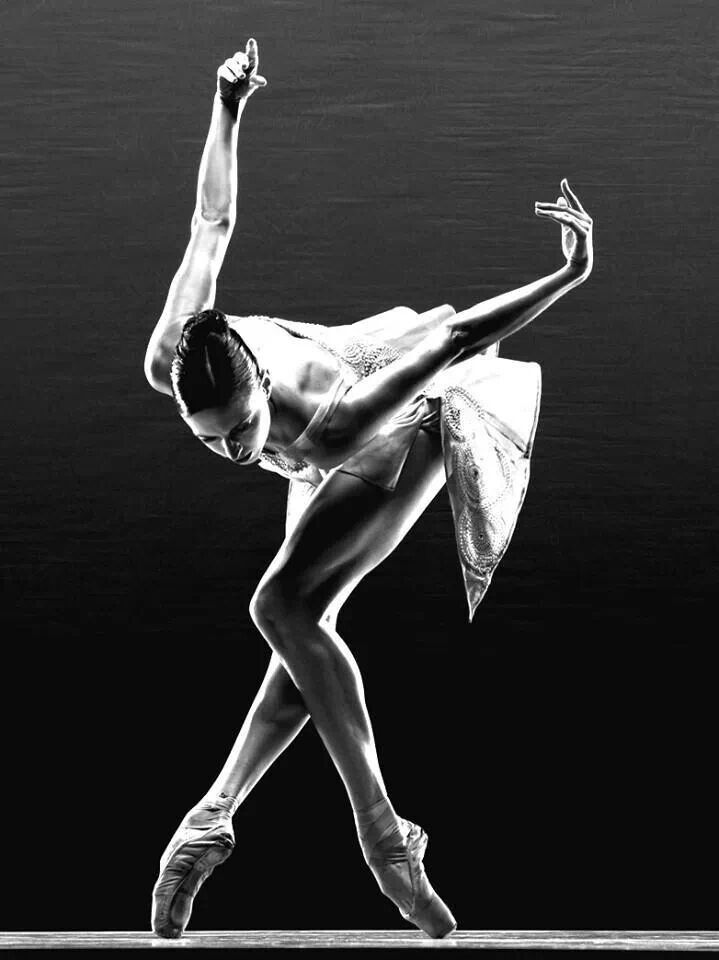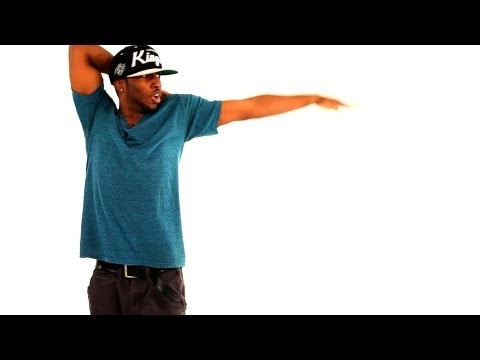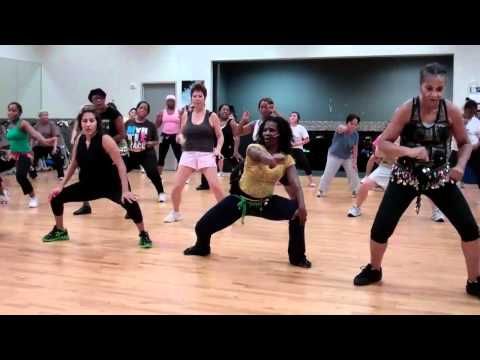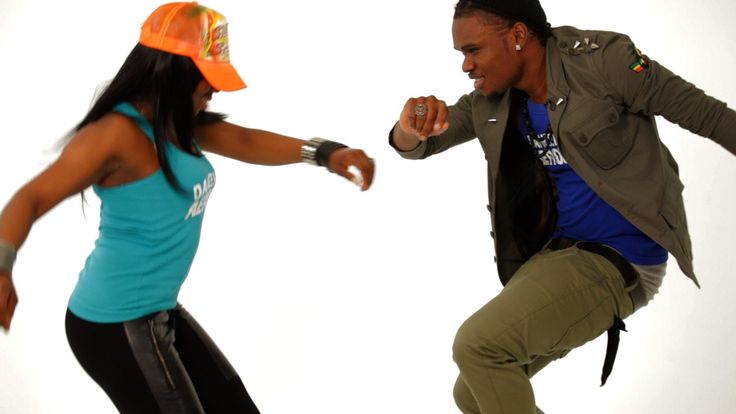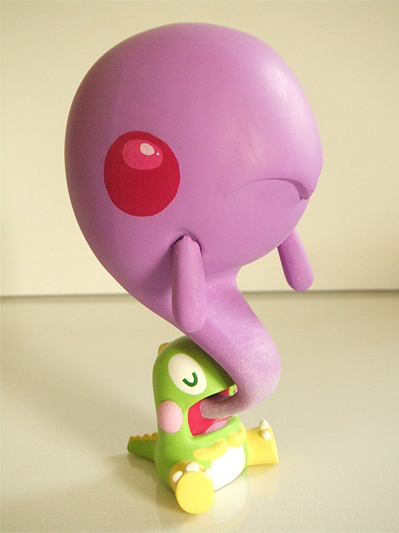How is contemporary dance different from ballet
Clarification on Similarities between Classical Ballet and Contemporary Dance
Posted on
Contemporary dance and Ballet are two of the most widely recognized dance forms of our generation. Both enjoy worldwide fanfare and have successfully seeped into various forms of entertainment known to mankind today, in the form of theater, movies, songs and more.
In hindsight, these are two very different dance styles. However, that does not mean they don’t share similarities to each other. For instance, it is no secret that ballet has had a strong influence on contemporary dance techniques. Experts and dance enthusiasts can quickly draw similarities between classical ballet and contemporary dance.
You can say they are both dependent on each other (Contemporary more so than ballet) in order to spice up an otherwise generic dance routine. Contemporary dance in amalgamation with ballet can do wonders on stage.
Furthermore, people well-versed in ballet can confidently pull off some contemporary dance moves with ease. Same can be said for expert contemporary dancers as well. They too can hope to pull-off complex ballet moves if they are experienced with the contemporary counterpart.
This is why it important to understand the minor factors common between contemporary and ballet, especially for dancers who aim to become masters of both or either of the dance styles. Oddly enough, some people even confuse these two dance styles with regards to the music used and movement employed.
So, in this article we would like clarify the similarities that contemporary and ballet share with regards to these two key factors. But first, let’s understand what contemporary dance and ballet mean as unique dance styles.
What is Contemporary Dance?
Contemporary dance derives most of its moves and techniques from many modern styles and genres. While ballet is more traditional, contemporary has its roots firmly attached to the modern era of dance.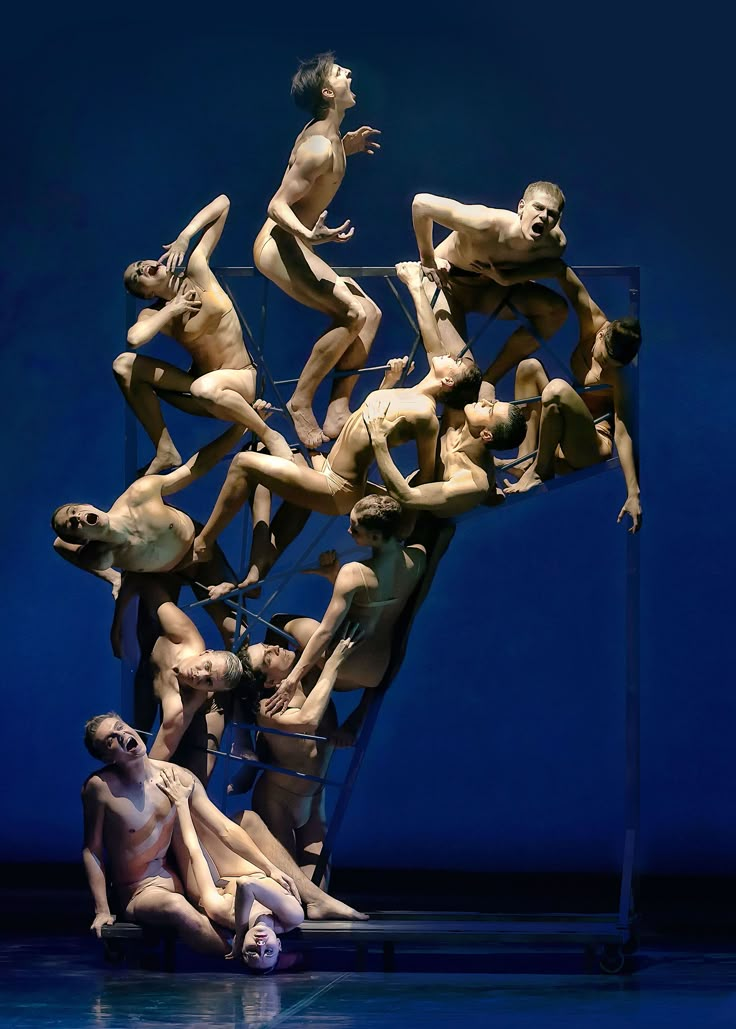 Contemporary is also the most popular and widely performed dance form today. In fact, it is impossible to envision a dance academy or competition today that does not feature contemporary performers.
Contemporary is also the most popular and widely performed dance form today. In fact, it is impossible to envision a dance academy or competition today that does not feature contemporary performers.
Contemporary dance is also way more flexible and provides ample freedom for dancer to simply let go and experiment with their own dance routines.
What is Ballet?
Ballet is a more classical type of dance whose roots can be traced all the way back to the renaissance era. It is a very popular type of dance from that is relatively more rigid and demands more intensity from its performers than contemporary.
The Similarities between Classical Ballet and Contemporary Dance
1 – The Music
It is a misconception that contemporary dance only employs fast music. In reality, both contemporary and classical ballet use slow music. Contemporary can be performed on various types of music, with slow classical rock and R&B being the most prominent options. Contemporary dance also uses classical music similar to the ones found in classical ballet to choreograph a dance routine.
Contemporary dance also uses classical music similar to the ones found in classical ballet to choreograph a dance routine.
2 – The Movement
Another vital similarity can be found in the slow movements that are employed in both the dance styles. Granted there are many contemporary dance routines that are fast and upbeat, there are contemporary routines that demand slow movement from their performers. Such routines borrow heavily from ballet to complete its choreography.
The Bottom Line
There are many factors that separate contemporary dance from classical ballet. However, it is a few crucial elements shared between both these styles that really stand out at the end of the day. Contemporary dance may harbor a variety of moves and possess versatility that is absent in ballet, but one cannot deny that ballet does have a strong influence on its modern counterpart.
Suffice to say, the similarities between classical ballet and contemporary dance may be few, but they are glaringly obvious, especially once you get more and more familiar with both of these dance forms.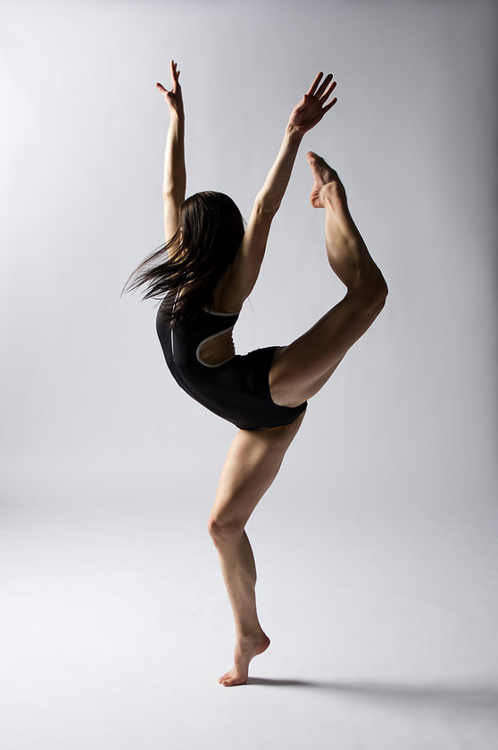
Dance schools in Singapore
Classical Ballet vs Contemporary Ballet
There are a lot of similarities and differences in the world of dance, with cross-overs and borrowed steps, but today we wanted to present to you all differences and similarities between classical ballet vs contemporary ballet. You more than likely have your favourite one to dance and you more than likely favour one over the other, but how exactly do they intertwine and what is it that makes contemporary dance different from ballet. Let’s delve further into the world of ballet.
Dance, as a whole, is one of the most expressive and aesthetically pleasing forms of modern-day art. It expresses love, anger, sorrow and joy to name a few. It’s one of the most beautiful forms of art that connects with its audience and consumes its audiences. Dance not only expresses how you feel but also tells an all-important story. Ballet has intricately played its part in culture and society over the course of its time.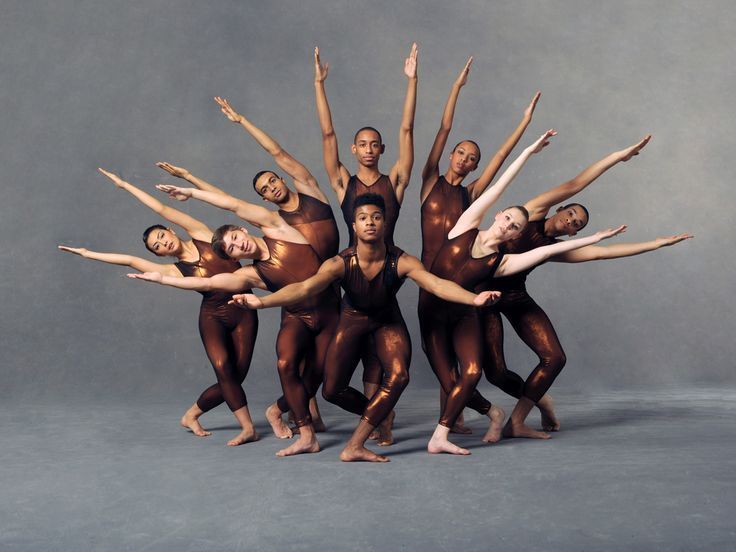 Two disciplines though, that intertwine and yet vary so greatly is that of classical ballet and contemporary ballet.
Two disciplines though, that intertwine and yet vary so greatly is that of classical ballet and contemporary ballet.
Classical ballet and contemporary ballet are both unique in their core structures. Whilst they share the same emitting of emotion, there are countless differences which to an untrained dancer eye might not be so obvious. Classical ballet oozes fluid, graceful movements and emphasises the longest lines possible with strict adherence to form and technique. Whereas with contemporary dance, there is a great deal amount of freedom, which we’ll look into a little later.
You may be wondering how exactly did ballet start? For those that don’t know classical ballet is the most formal of the three ballet styles and is one that was born way back in the 1500’s. Following a set of rules and complete strictness, it is one that is known for its particular exactness of technique, desire for long lines, pointe work and insane turn outs.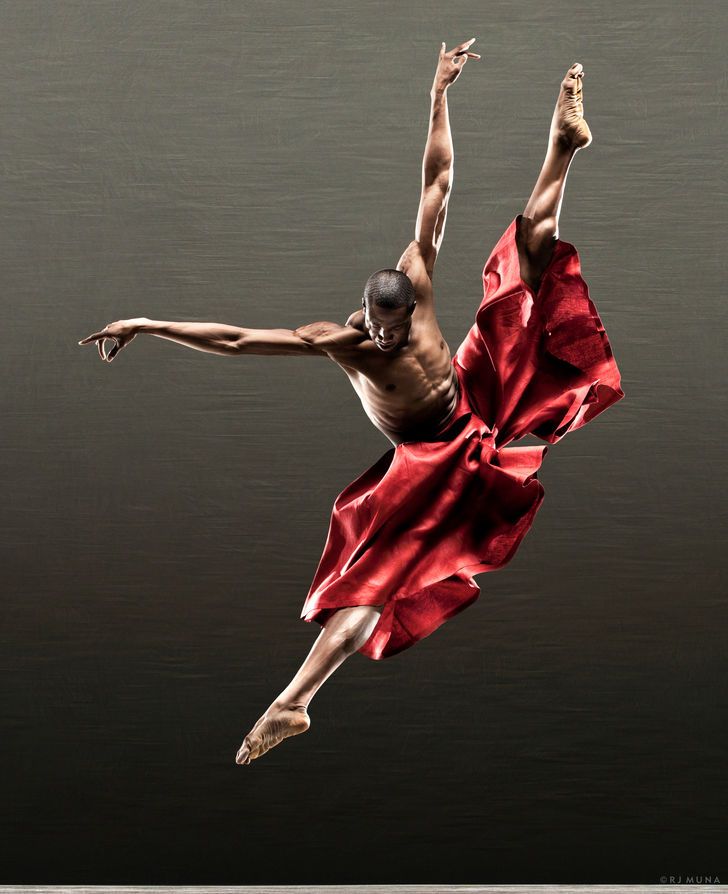 It’s considered one of the most graceful forms of dance.
It’s considered one of the most graceful forms of dance.
Ballet started when the French king Henri II married Florentine Catherine de Medici in 1533, the joining of the Italian and the French is what first blossomed an ever-loving art form. At the time, the dance works were lengthy and like all theatre at the time, only men could perform. Men would play the roles of the women. There was a high emphasis on lavish costumes, theatrical scenery and venetian masks.
Classical ballet has always been very much structured to the audience. There are certain key ingredients that must be sprinkled to ensure that it classifies as a classical ballet, they are as follows:
Classical ballet must tell a story
Some of the most famous ballet works include Cinderella, Coppélia, Don Quixote, Giselle, The Nutcracker, Swan Lake, Romeo and Juliet and Sleeping Beauty. All of them, or at least most of them, are all well-known adored fairy tales that are instilled into our minds from a young age.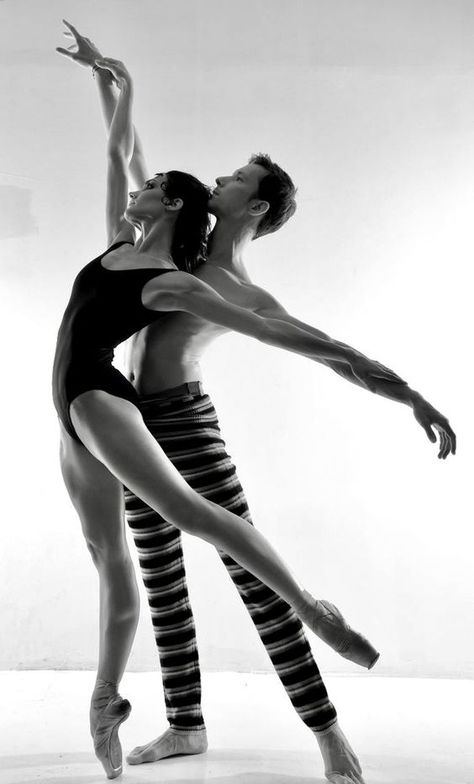 Often in these tales it involves a boy and girl plot with a problem that gets resolved by the end. Usually, good prevails evil.
Often in these tales it involves a boy and girl plot with a problem that gets resolved by the end. Usually, good prevails evil.
Classical ballet must have costumes and scenery
The story of a classical ballet is always supported by beautiful music which goes with the story, expensive and extravagant costumes and elaborate scenery. Female dancers in a classical ballet must wear pointe shoes and tutus.
Classical ballet must have a ‘folk’ or ‘character’ dance
Some of the most sought-after roles for a character dance are from Giselle, Sleeping Beauty, Don Quixote and Swan Lake.
Before the introduction of the debate between classical ballet vs contemporary ballet was the birth of modern dance. Created in the early 20th century, it was a dance form that emerged as an expression of rebelling and rejecting classical ballet. Notably, Isadora Duncan, the pioneer of modern dance thought that classical ballet was ugly. She was known for her free-flowing costumes, bare feet and loose hair.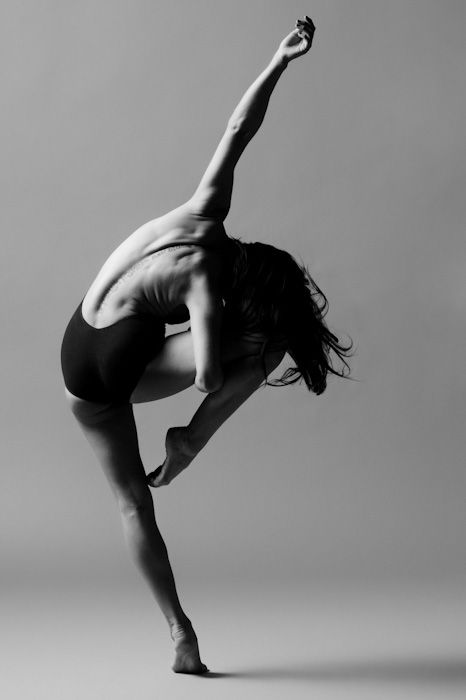 Her dance movements were inspired by classical Greek art and nature. They were poetic performances with elements of emotion, she loved to incorporate natural movements into her works like running, jumping and leaping. It was a true expression of freedom.
Her dance movements were inspired by classical Greek art and nature. They were poetic performances with elements of emotion, she loved to incorporate natural movements into her works like running, jumping and leaping. It was a true expression of freedom.
However, Martha Graham is noticed as the pioneer of modern dance when she became a dancer at the Denishawn School in 1916. Ruth St. Denis and Ted Shawn liberated dance from the constraints that classical ballet had set rules for. They incorporated yoga, ballroom and natural movements into their works. Ted Shawn was the first choreographer to introduce the classical ballet vs contemporary ballet battle through the introduction of the unmistakeable differences between classical and contemporary ballet.
We have defined classical ballet and modern dance and we have outlined what it takes to officially be a classical ballet, but what exactly is contemporary ballet and why is it becoming so popular? Contemporary ballet was created in around the 1980’s with the combination of modern dance and classical ballet.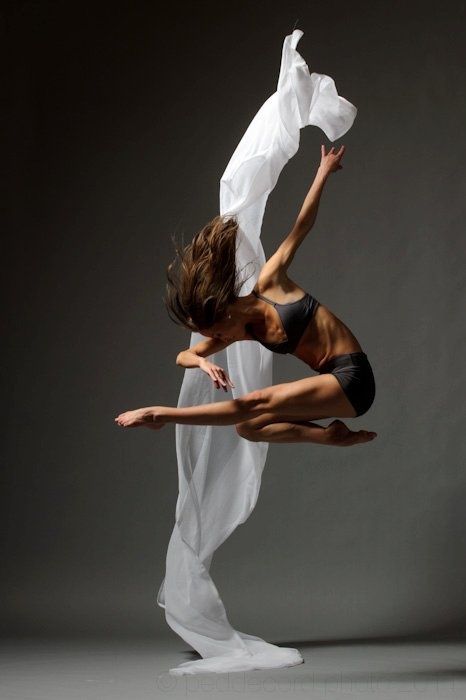 For many, the idea of a classical ballet was seen as outdated. No longer did some women want to be portrayed as fragile and needing saving, instead, they wanted to demonstrate sheer power and show that they can save themselves. Freedom. Fluidity. Improvisation. This is what defines contemporary ballet.
For many, the idea of a classical ballet was seen as outdated. No longer did some women want to be portrayed as fragile and needing saving, instead, they wanted to demonstrate sheer power and show that they can save themselves. Freedom. Fluidity. Improvisation. This is what defines contemporary ballet.
Another element of the classical ballet vs contemporary ballet that scores a point for contemporary that has been welcomed into the world of dance is the inclusion of the male dancers. In the past, the female ballerinas took centre stage. It was all about their extravagant costumes, their beautiful leaps and the male role was there to make them look good. However, with contemporary, males now have huge roles. There is a place for them to take centre stage and rightly so. They are able to demonstrate their skills and exquisite dancing without being hidden in the shadow of a tutu and scenery.
Following on from that, contemporary dance is all about an entire aesthetic. Usually, the costume is stripped down and back to basics.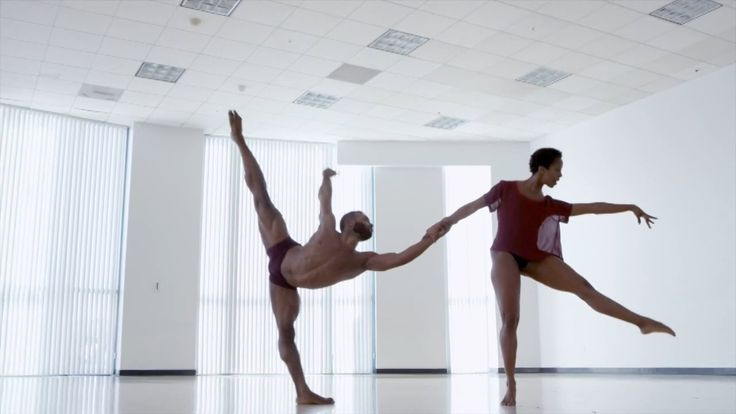 The lighting and costumes are there to compliment the shapes or mood that the dancing is portraying. It’s there to compliment, not to draw attention but add that sense of atmosphere.
The lighting and costumes are there to compliment the shapes or mood that the dancing is portraying. It’s there to compliment, not to draw attention but add that sense of atmosphere.
The history of contemporary ballet is an interesting one. A few questions on a lot of people’s lips is who created contemporary ballet? Where did it come from? How did contemporary ballet start? Subsequently, we’re here to help and shed some light on the matter.
Who created contemporary ballet?
Well, that would be George Balanchine. George Balanchine is often renowned as the first innovator of contemporary ballet. George Balanchine incorporated flexed hands and occasionally flexed feet into his dance works, which is now known as neoclassical ballet. The neoclassical ballet style that he created lies on the border between classical ballet and today’s contemporary ballet. He also incorporated non-traditional costumes.
One dancer in particular who trained with Balanchine was Mikhail Baryshinkov, who also worked with a variety of modern choreographers.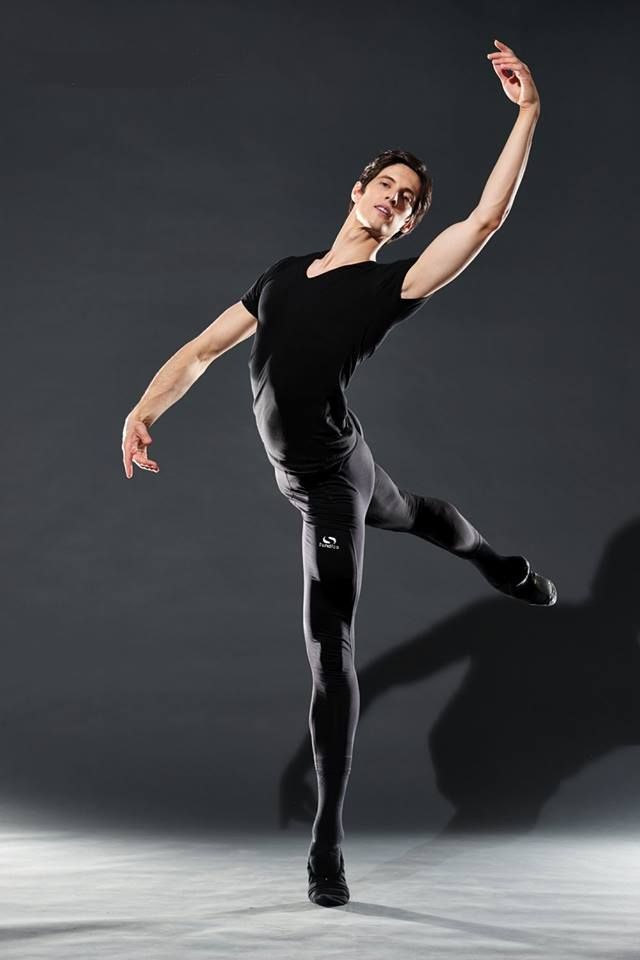 One in particular was Twyla Tharp. Notably, she commissioned a piece called “In The Upper Room”. It was in this performance that it was considered innovative in the world of contemporary ballet. She incorporated the modern movements combined with pointe shoes and classically-trained ballet dancers. Here is where Contemporary Ballet was really born. You could say contemporary ballet was born in 1986 thanks to the contributions from Balanchine and the merging from Tharp.
One in particular was Twyla Tharp. Notably, she commissioned a piece called “In The Upper Room”. It was in this performance that it was considered innovative in the world of contemporary ballet. She incorporated the modern movements combined with pointe shoes and classically-trained ballet dancers. Here is where Contemporary Ballet was really born. You could say contemporary ballet was born in 1986 thanks to the contributions from Balanchine and the merging from Tharp.
Following on from this, Twyla also worked alongside The Joffrey Ballet. Here they incorporated pop music and a sprinkle of modern attitudes alongside ballet techniques. The Joffrey Ballet continued to perform contemporary pieces long after the introduction from Twyla. It is evident that contemporary ballet is one that is becoming more and more popular for a number of reasons.
In present day, there are many contemporary ballet companies and choreographers which you may know of already. Some of the most well-known ones are Alonzo King’s Lines Ballet, Nacho Duato, Dwight Rhoden and Desmond Richardson.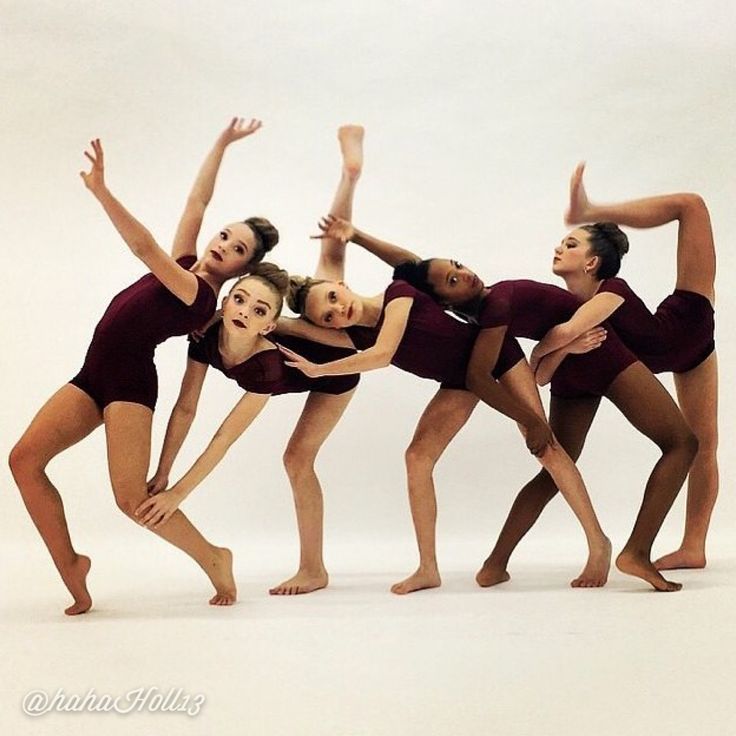 Furthermore, there are a lot of traditionally classical companies, like the Paris Opera Ballet, who do perform contemporary dance pieces on a regular basis.
Furthermore, there are a lot of traditionally classical companies, like the Paris Opera Ballet, who do perform contemporary dance pieces on a regular basis.
The classical ballet vs contemporary ballet debate is one that will continue for years to come, there are dancers that favour contemporary and there are dancers that favour classical. It’s all about finding what’s right for you. No matter which style you pick, Zarely has the perfect rehearsal clothes waiting to support you every step of the way.
What is the difference between ballet and choreography
Ballet and choreography - what is common and different in these concepts? When deciding to send their child to a dance studio, parents are faced with the choice of preferring one direction or another. To correctly navigate, you need to understand the intricacies of dance art.
Legend
So, classical choreography and ballet - the difference:
1. Choreography is a concept of broad meaning, including all dance manifestations. This is both ballet and modern types, including folk, street ones. In short, choreography is a stage performance of a dance. nine0003
This is both ballet and modern types, including folk, street ones. In short, choreography is a stage performance of a dance. nine0003
2. Ballet is the highest form of choreography, which implies not only practicing movements in a certain sequence, but also a whole theatrical performance. Previously, it was distributed exclusively in Europe, and only from the middle of the 20th century did some ballet sketches appear in the culture of other continents, for example, in the East.
Features
In addition to designations, there are other signs that distinguish choreography from ballet:
1. Theatrical action. Ballet is a work of art that has its own plot. This is a performance in which people do not speak, but dance, expressing emotions and conveying events with gestures and pas. Ballet performances are held in scenery and costumes. Choreographic performances can be shown without any surroundings at all, it is rather a set of movements, a dance in the broadest sense, often having an abstract meaning.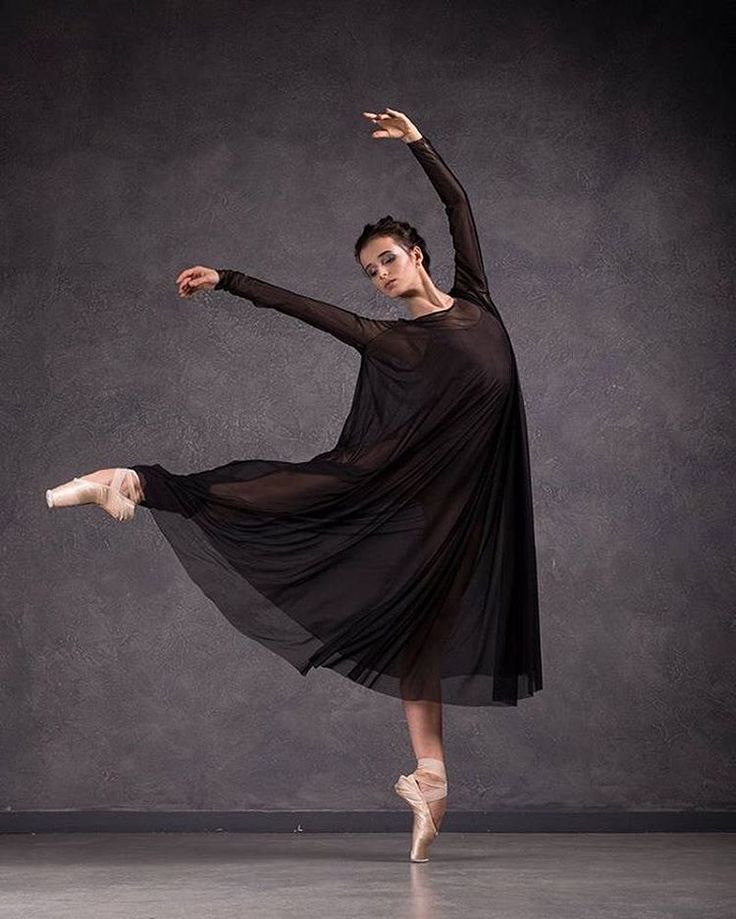 nine0003
nine0003
2. Participants. Ballet is usually demonstrated by a group of artists, among which soloists may stand out. A choreographic performance can be shown by one dancer or by a group.
3. Musical accompaniment. In the traditional ballet, works by European classics are involved, P. Tchaikovsky, J-B are popular. Lully, I. Stravinsky and others. For choreography, the choice of music is not so important; different musical genres can be used as accompaniment, up to hip-hop, techno, house. nine0003
Ballet and choreography - points of contact
Ballet and choreography, despite the obvious differences, still have a connection with each other. Already at the beginning of the 20th century, innovative productions began to appear, combining ballet and other dance styles. The organic interweaving of jazz dance, Latin American motifs and oriental trends into the classical canvas aroused the interest of the public with its unusual, fresh look. A bright representative of modern ballet is modern dance.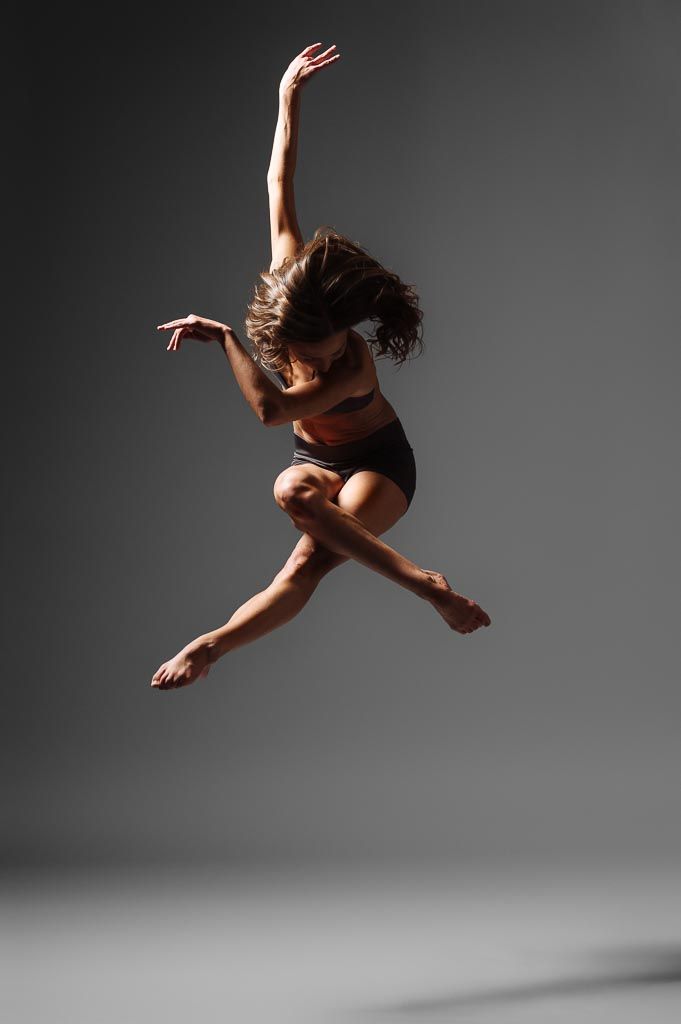 nine0003
nine0003
Today, dance culture goes beyond the strict limits that classical ballet was limited to. And if the latter is canonical, with a rigid system of rules that do not tolerate self-will, then modern dance adapts to the time, interprets well-known ballet works in a new way and erases boundaries. Both of them have their fans.
Sending a child to a ballet studio, parents can count on the fact that, having learned classical techniques, he will be able to quickly adapt to other dance styles, because he will already have a base on which any dance is built. As well as plasticity, flexibility and the correct perception of rhythm and music. Come to classes in our studio, we are sure that your child and you will like it with us. nine0003
Modern ballet. Types of modern dances.
Ballet is the art of spiritualized plasticity, thought embodied in movement, life shown by means of choreography, and modern ballet is significantly different from classical.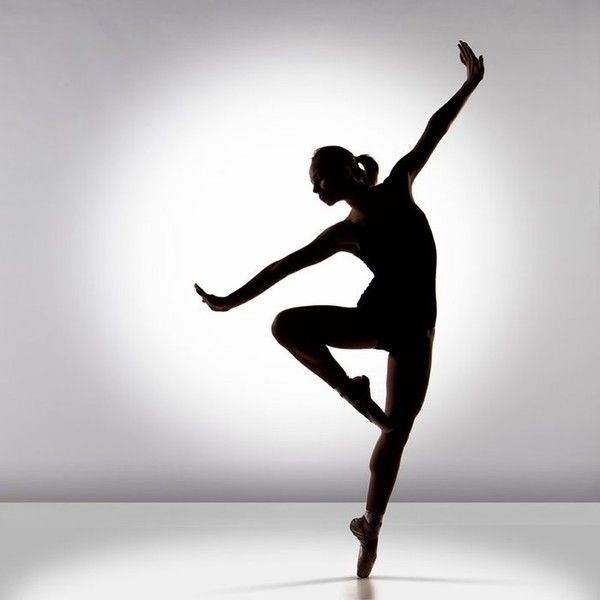 It uses moves from a wide variety of dance styles. Sometimes there is no plot in it, and the dance simply conveys a certain mood.
It uses moves from a wide variety of dance styles. Sometimes there is no plot in it, and the dance simply conveys a certain mood.
Contemporary Ballet
The 20th century has significantly influenced the development of ballet art. The classical style gradually begins to acquire new elements of dance, and the image of each dancer also changes. nine0003
If classical ballet is the harmony of music and dance, which are inextricably linked, then modern ballet is, above all, an experiment.
Classical dance has become an excellent basis for the development of a completely different direction in ballet - modern dance (modern ballet) .
Classical dance is the main expressive means of ballet; a system based on the careful development of various groups of movements, which appeared at the end of the 16th century in Italy and was further developed in France thanks to the court ballet.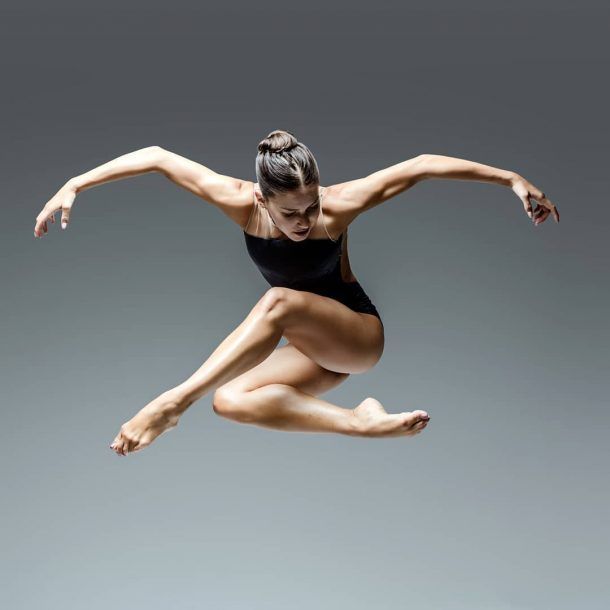 Due to the observance of certain positions of the legs, arms, body and head and the exact adherence to the principles of eversion of the legs, the verticality of the body and the isolation of its various parts, the movements of classical dance strive for geometric clarity. Classical dance came to Russia in the first half of the 18th century. Thanks to the activities of Jean-Baptiste Landet in St. Petersburg in 1738, the first dance school in Russia was opened. nine0003
Due to the observance of certain positions of the legs, arms, body and head and the exact adherence to the principles of eversion of the legs, the verticality of the body and the isolation of its various parts, the movements of classical dance strive for geometric clarity. Classical dance came to Russia in the first half of the 18th century. Thanks to the activities of Jean-Baptiste Landet in St. Petersburg in 1738, the first dance school in Russia was opened. nine0003
It is worth noting that modern dance or ballet in the Art Nouveau style began to develop in the United States of America at the beginning of the 20th century. It all started with the appearance of new, sometimes unexpected elements of dance and a cardinal metamorphosis of the appearance of dancers, when the famous choreographers felt tightness, stuffiness in the classics, when they began to lack opportunities to demonstrate their skills.
Contemporary ballet renounces tutus and pointe shoes, replaced by loose, elongated ballerina robes creating an airy, sophisticated image.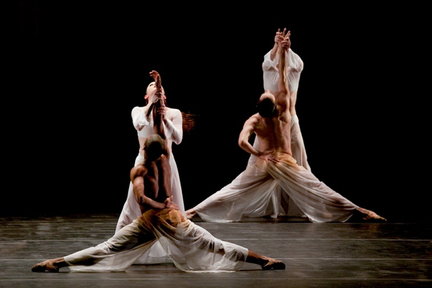 Many dancers begin to go on stage and do barefoot. nine0003
Many dancers begin to go on stage and do barefoot. nine0003
The struggle between classic and modern was no joke. Ballet movements were very reluctant to update, the traditions were so strong that they did not let any out of the ordinary trend into the realm of the classics.
Trying to find their own dance language and taking classical ballet as a basis, choreographers create a completely new art form - contemporary ballet.
Contemporary ballet has said no to the classical positions of the arms and legs, the intricate eversion characteristic of classical ballet, the high jumps and deliberate lengthening of the arms and legs. nine0003
The development of modern dance becomes an opportunity for famous choreographers to show their skills, because ballet traditions, built up over a long period of time, are practically not replenished with new elements and do not take into account modern trends in dance art.
The creation of the Art Nouveau ballet style became a reaction to such a crisis.
Accordingly, the classical elements of the ballet are replenished with new dance positions , and the single parts of nationals are replaced by pair performances. Somewhat modified classical elements, successfully combined with the introduced movements, which form the basis of the dance.
New ballet positions, freedom of expression of feelings and ideas, magnificent plasticity of dancers, departure from conservatism are the main defining features of modern ballet.
Modern ballet dance, thanks to a certain freedom of movement and dance, not constrained by numerous rules, allows you to get carried away with ballet even in adulthood. After all, dance in the Art Nouveau style does not require excellent technique, the main thing in it is natural plasticity of the body, allowing you to perform complex movements .